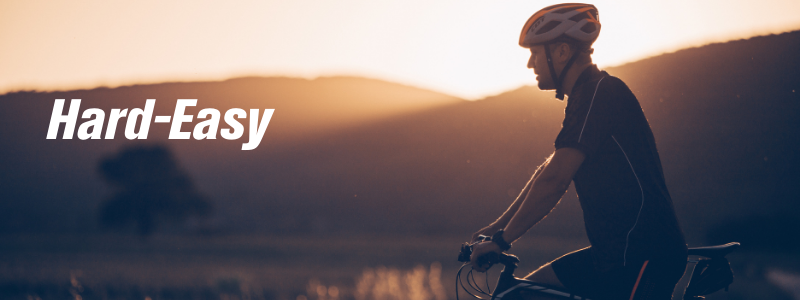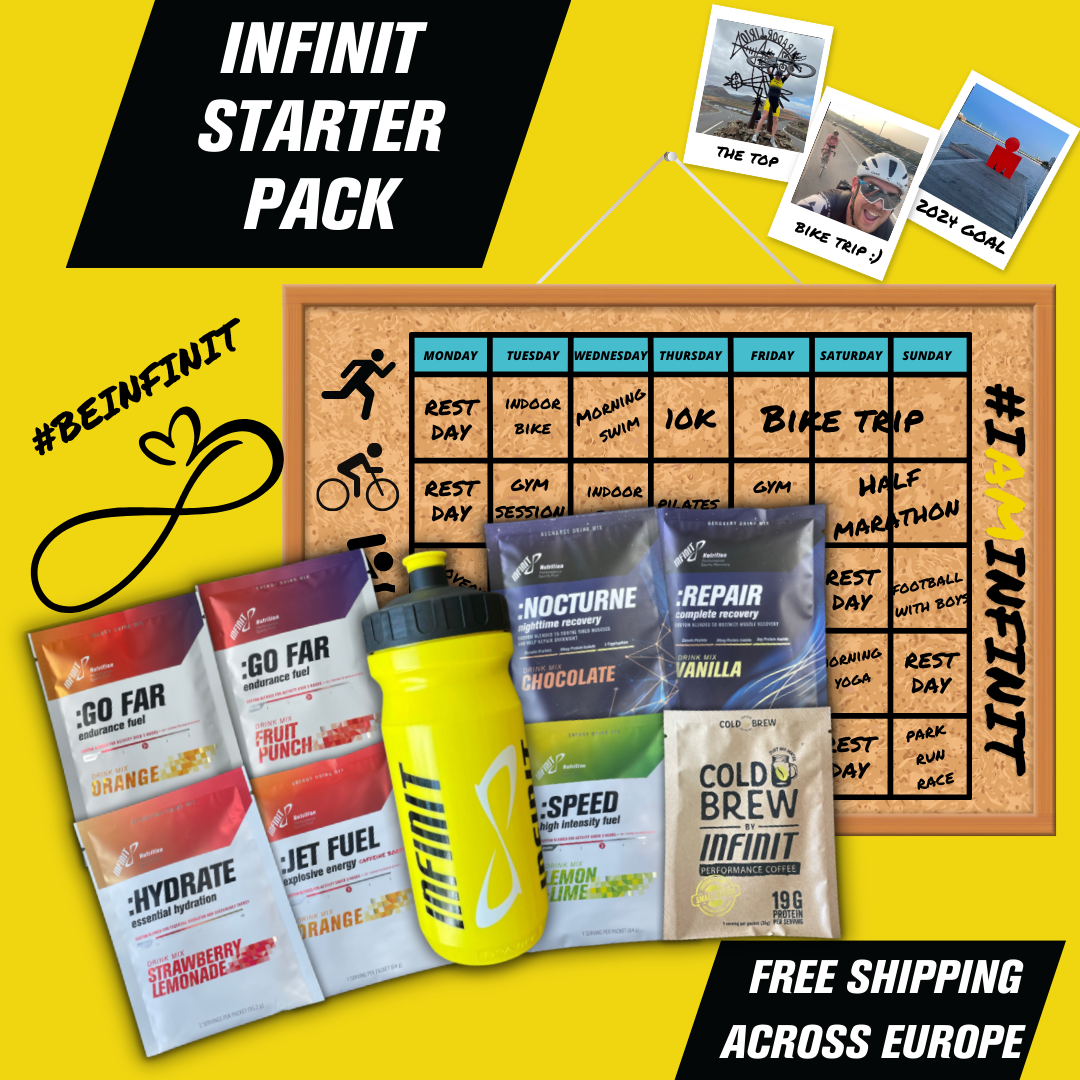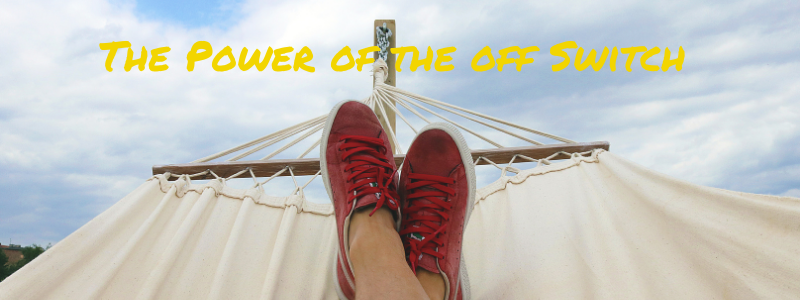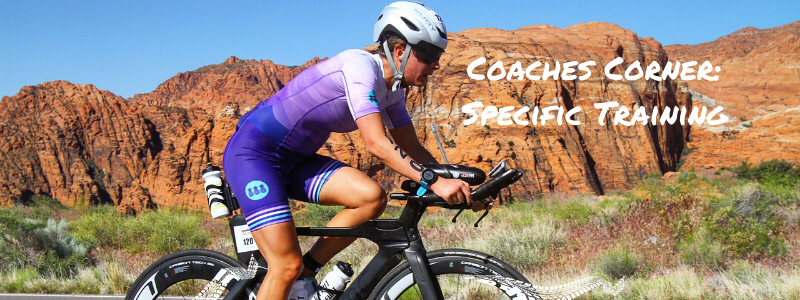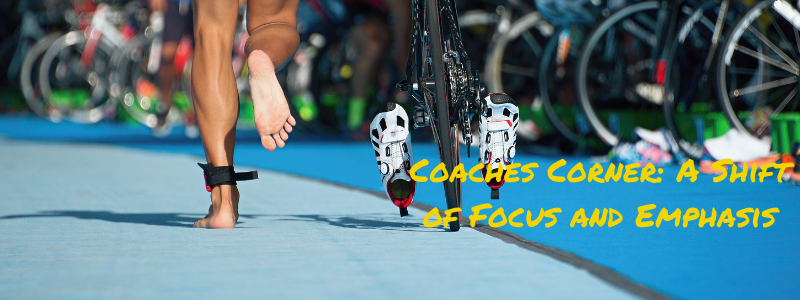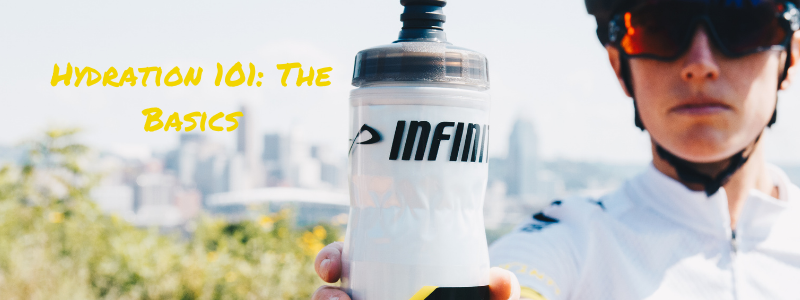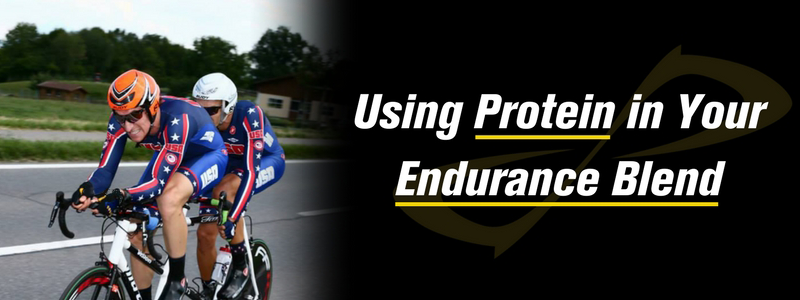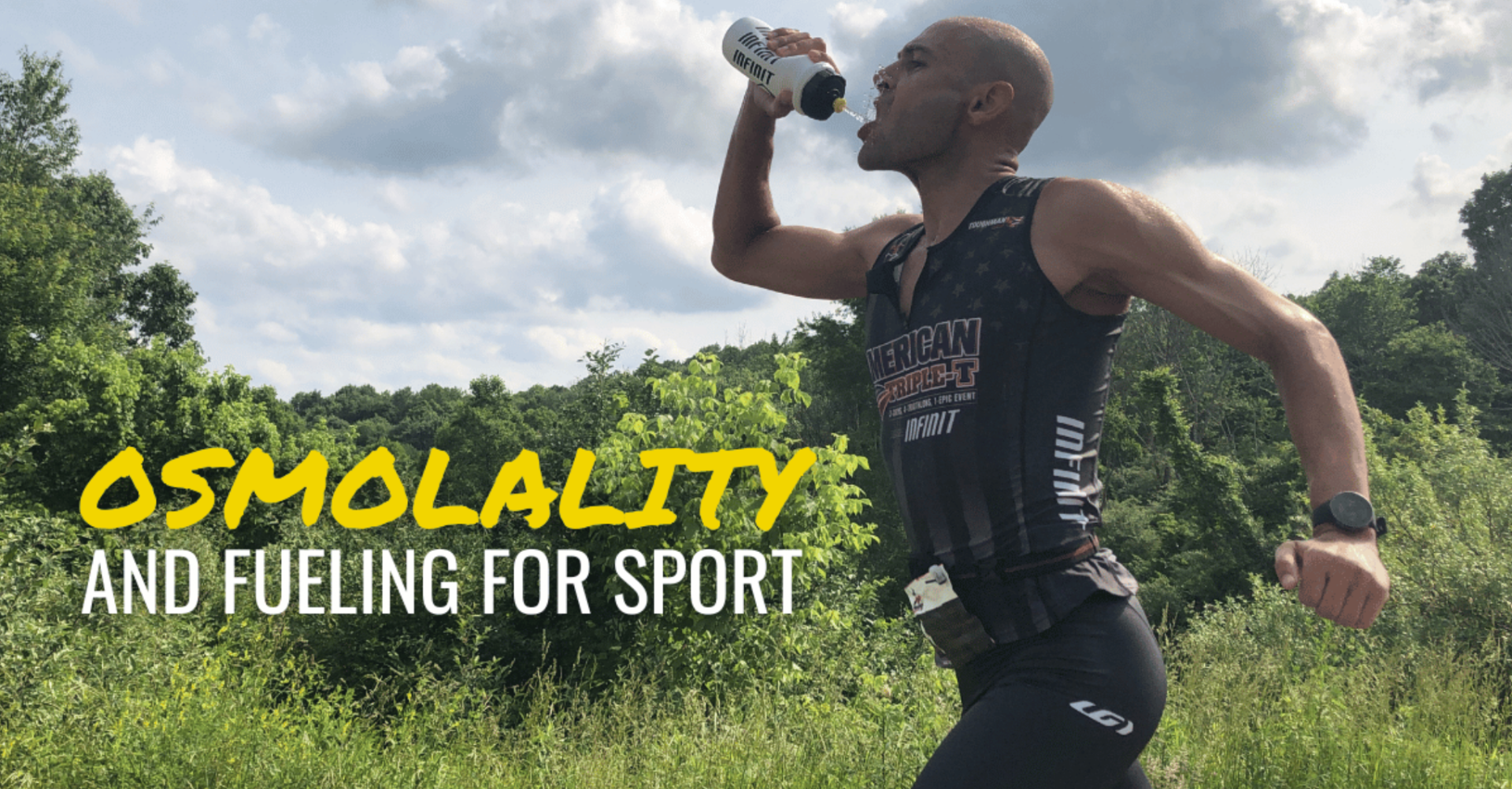Joe Friel has trained endurance athletes since 1980. His clients are elite amateur and professional road cyclists, mountain bikers, triathletes, and duathletes. They come from all corners of the globe and include American and foreign national champions, world championship competitors, and an Olympian. He is the author of ten books on training for endurance athletes including the popular and best-selling TrainingBible book series. He holds a masters degree in exercise science, is a USA Triathlon and USA Cycling certified Elite-level coach, and is a founder and past Chairman of the USA Triathlon National Coaching Commission. Joe lives and trains on the side of the McDowell Mountains in Scottsdale, Arizona.
In the early 1980s I owned a running store and a bike shop. Retail was one of the most challenging things I ever did in my life. In the first year I lost so much money that I could have put myself through Harvard Business School – and it would have been a lot more fun. But a lot of good things came out of this seven-year experience, not the least of which was a trip I won in 1982.With money going out the door faster than it was coming in the first couple of years I had to learn fast. By 1982 Runner’s World magazine named my tiny store one of the Top 25 in the US. Of course, there were probably 26 in the country back then. But we were starting to do pretty well. In fact, that year our store won a one-week, all-expenses-paid vacation for two to the Bahamas because of how well we sold Tiger (today’s ASICS) running shoes. Only 10 stores across the country were so fortunate. Joyce and I still consider it one of the most fun vacations we ever took.One of the other store owners who won the trip was Gary Muhrcke who owned the Super Runner’s store in New York City. Gary was the winner of the very first NYC Marathon in 1970 with a time of 2:31:38. We agreed to run together every morning of the trip. So the next morning I met him in the lobby of the hotel and we went for a one-hour run together. After a brief warm-up he began to pick up the pace. Soon we were running sub-6 per mile pace. It was all I could do to hang on. After that I wasn’t looking forward to the rest of the daily runs. So the next morning I came to the lobby with some trepidation. We warmed up slowly and, interestingly, Gary never picked the pace up. We jogged along at an embarrassingly slow pace around 9-minutes-per-mile for an hour. It was a lot easier than I normally ran even when I was tired, which I definitely was that day. The third day was just like the first – tongue hanging out and labored breathing for an hour. The fourth day was extremely slow again. And so it went for the week.That week Gary introduced me to the concept of alternating hard and easy days. I know that today this is a pretty basic concept but back then it was unusual I came to realize that I could make the hard days much harder if the easy days really were easy instead of moderately hard. My racing times improved. . It was never the same for me again.Experiences like this one with other athletes, coaches and sports scientists throughout the 1980s helped to shape the way I saw the world of endurance training. It was the best education I could have ever gotten.
